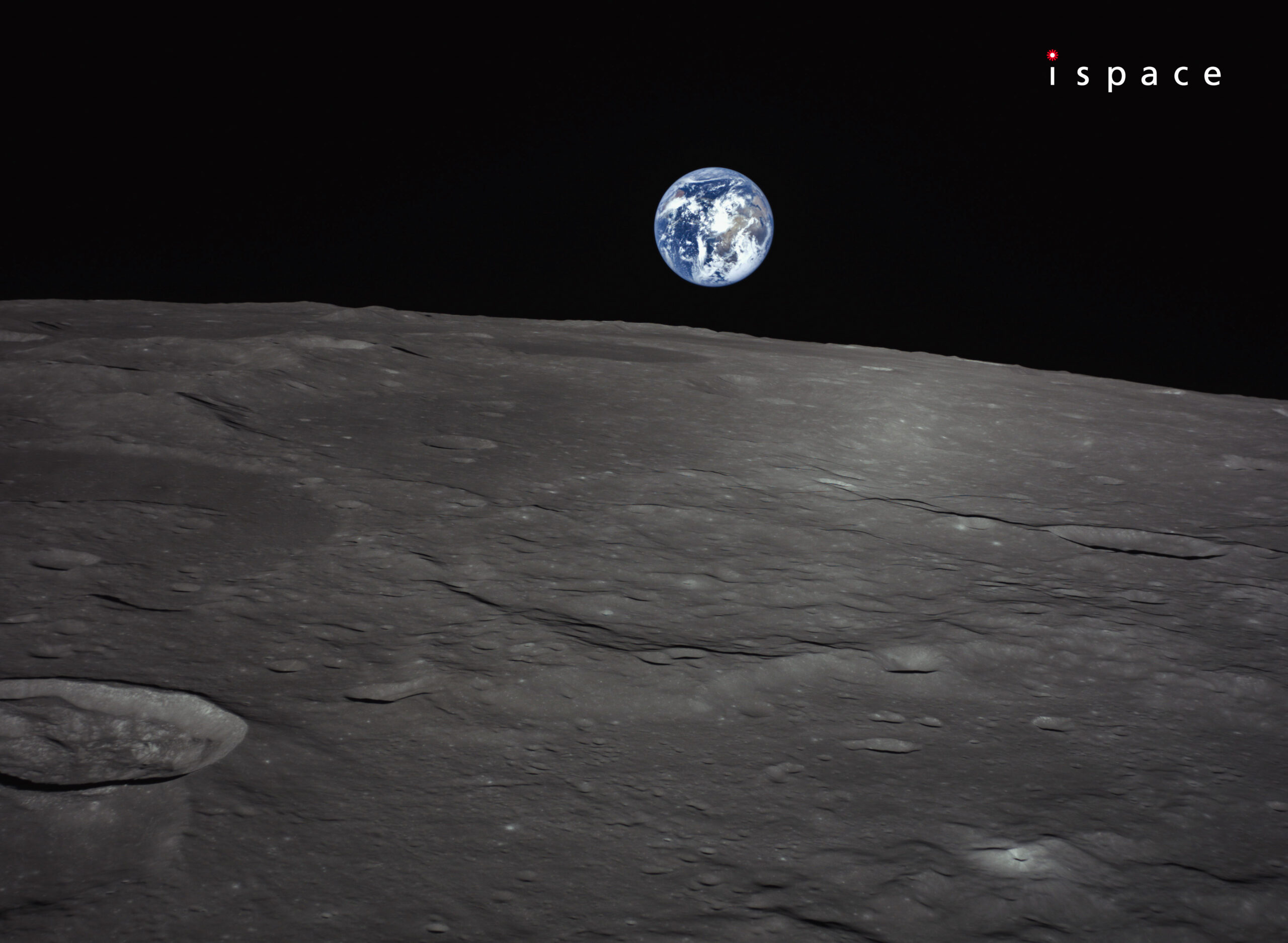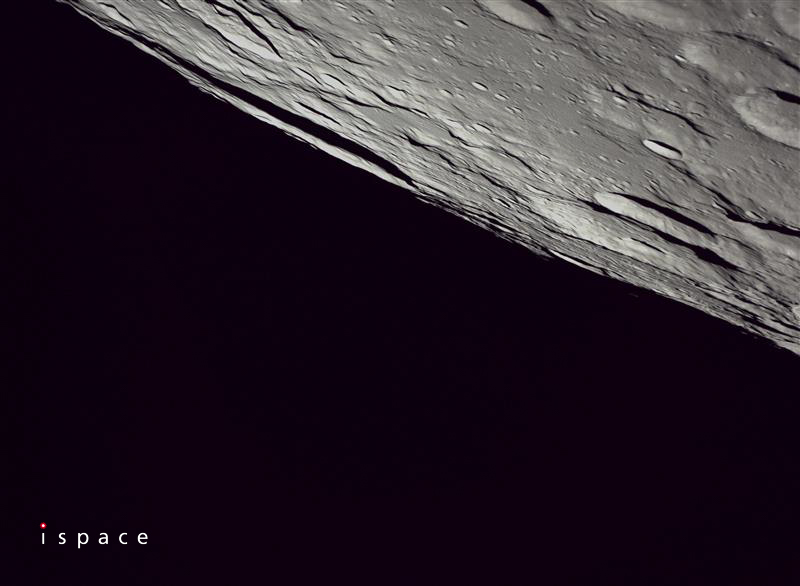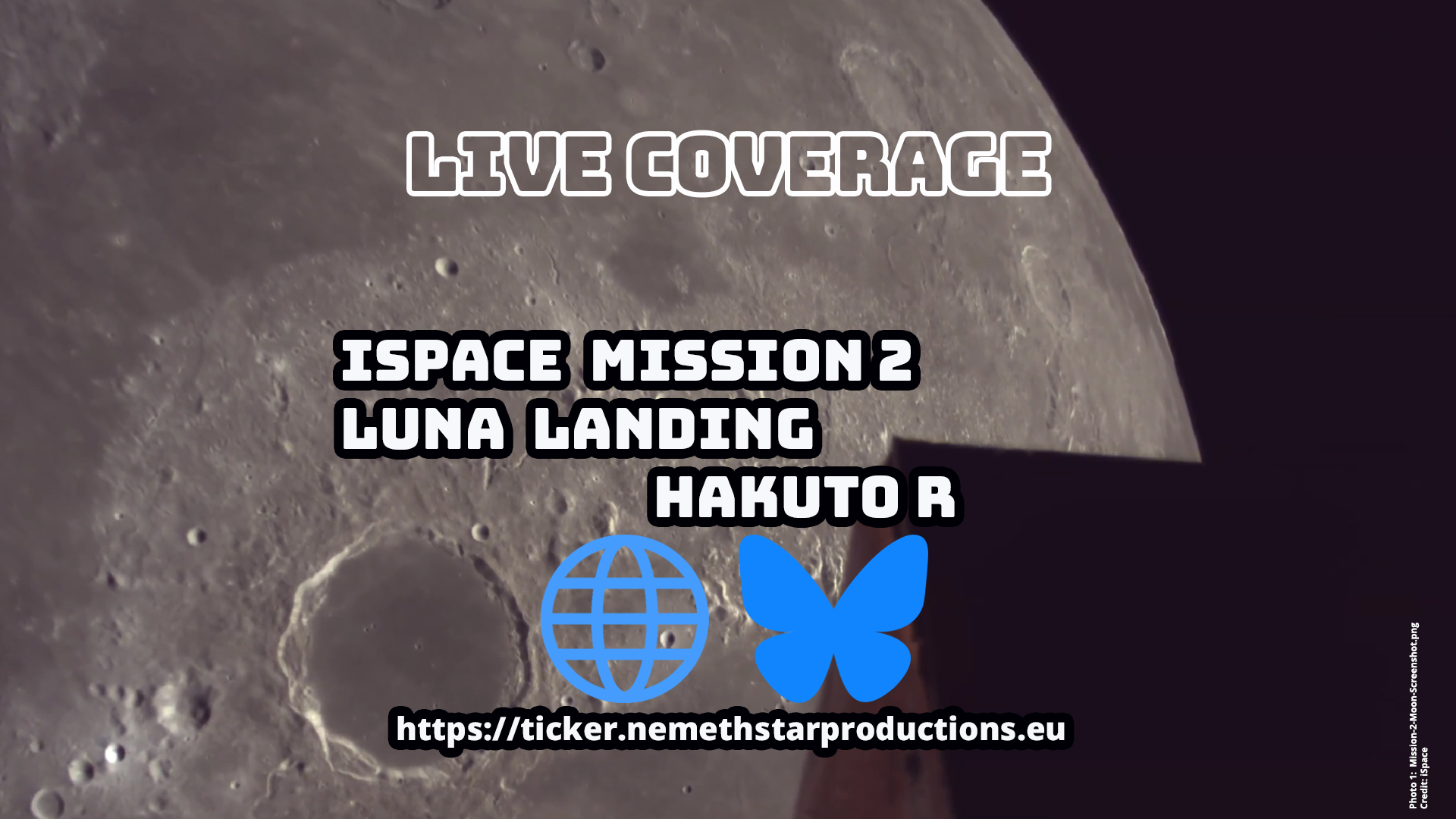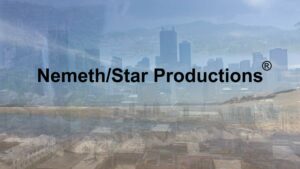PAST! Live Coverage of the iSPACE Mission 2 Lunar Landing
Update to iSpace Mission 2: iSpace has published a statement regarding the status of the Resilience lander. The lander began the descent phase as expected. At an altitude of 20 kilometers, the main engines fired as planned. However, as the lander was in a nearly vertical position, telemetry was lost, and no data indicating a successful landing was received, as was observed yesterday evening. According to Mission Control, the laser rangefinder responsible for measuring the distance to the lunar surface experienced delays in obtaining valid measurement values. Therefore, iSpace assumes that the lander could not decelerate sufficiently to slow down in time for a safe landing. The Resilience lander likely performed a hard landing on the lunar surface. After communication with the lander was lost, iSpace tried to reboot the lander but was unable to reestablish communication. It is currently not expected that there was a successful landing on the lunar surface. Around two hours ago, iSpace called Mission 2 to be completed, as the resilience lander failed to land. Mission Control will continue to analyze the telemetry data to determine the cause of the issue. That's all for now from our live coverage. We will update this broadcast and our thread on BlueSky tomorrow morning (European time) when we get new information from iSpace Mission 2. We thank you for your attention. See you next time. Clear skies and bye bye. If you want to see more of our content join #science#ispace #HAKUTO_R #VentureMoon #RESILIENCE #M2Updates #Japan #ESA #NewSpace #Space #science iSpace has stopped it's live broadcast for now. We can expect more news later in the night or tomorrow morning European time about the state of the lander and rover. #science#ispace #HAKUTO_R #VentureMoon #RESILIENCE #M2Updates #Japan #ESA #NewSpace #Space #science The HAKUTO-R Mission Control Center still try to communicate with the resilience lander. iSpace will give more information about the state of the lander in a press conference in a few hours. #science#ispace #HAKUTO_R #VentureMoon #RESILIENCE #M2Updates #Japan #ESA #NewSpace #Space #science iSpace is still checking the state of the lander. Stay tuned. #science#ispace #HAKUTO_R #VentureMoon #RESILIENCE #M2Updates #Japan #ESA #NewSpace #Space #science We are still waiting for the signal confirmation from the resilience lander. #science#ispace #HAKUTO_R #VentureMoon #RESILIENCE #M2Updates #Japan #ESA #NewSpace #Space #science Landing schedule is reached. we waiting for telemetry from the lander. less than a minute now less than 200km/h speed, 52 meters altitude #ispace #HAKUTO_R #VentureMoon #RESILIENCE #M2Updates #Japan #ESA #NewSpace #Space #science 40 kilometres away from the landing site with a speed of 1.1k kilometres/h #ispace #HAKUTO_R #VentureMoon #RESILIENCE #M2Updates #Japan #ESA #NewSpace #Space #science 5 minutes till landing #ispace #HAKUTO_R #VentureMoon #RESILIENCE #M2Updates #Japan #ESA #NewSpace #Space #science Mission 3 and 4 are already in planing to launch in 2027. The new lander will be over 3 meters huge and can carry several 100 kilograms and can reach the moon in around 1 month, which is much faster than Mission 2. 10 Minutes to landing. After landing the rover deployment will be prepared. The rover will be searching for water and other fluid chemicals like liquid hydrogen and others to find out which resources are available on the moon. A first step for a self catering space station on the moon. Around 18 kilometres above the moon surface the speed reduction begins, as in the next phase the lander will stand almost vertical before slowly landing on the propose landing site. Several Japanese officials thank the whole team for the great work, saying that this landing is a sign of "never give up" and message to the world that you can make everything possible. Pictures that the resilience spacecraft has sent back to Earth in the last hours and days. The cooperation between the Luxembourg space agency, the European Space Agency with iSpace is an example to how Europe can support new space companies. TENACIOUS will be the first European rover landing and operating on the moon. The rover will be controlled by the iSpace subsidiary in Luxembourg and the control signals will be transmitted via ESOC to the rover. The maneuver was successful ans Resilience is on it's way to land on the moon. The process is fully automatic. The lander TENACIOUS was designed, manufactured, and assembled in the iSpace subsidary in Luxembourg with co-funding from LuxIMPULSE, the Luxembourg National Space Programme, which is managed by the Luxembourg Space Agency and implemented by ESA. iSpace is based in Japan, with subsidiaries in Luxembourg, Europe and Colorado, USA. The lander is now operating a maneuver to leave the lunar orbit. The landing is expected around 21:20 CEST. The signals sent from Resilience will be transmitted via the ESA deep space antenna in Spain, and forwarded via ESOC in Darmstadt to the iSpace HAKUTO-R Mission Control Center in Nihonbashi, Tokyo, Japan. This is the second attempt of iSpace to land a lander with a rover on the moon. The RESILIENCE called spacecraft carries the lander TENACIOUS, built from iSpace Luxembourg. Good evening to our live coverage of the landing of Hakuto R2 from the Japanese private space company iSpace. Welcome to our Live Coverage of the iSpace Mission 2 Lunar landing from Japanese new space company. Hakuto R2 attempt to land on the moon. Our live coverage on our website and on BlueSky #ispace #HAKUTO_R #VentureMoon #RESILIENCE #M2Updates #Japan #ESA #NewSpace #Space #science#science#ispace #HAKUTO_R #VentureMoon #RESILIENCE #M2Updates #Japan #ESA #NewSpace #Space #science
SPACE-FRIDAY: The Talk on Signal: https://signal.group/#CjQKIBZWmt57f4O58ORpQyMj1FbYfWMo3v0WILUxX93IhRIQEhDnyBfyv_7sTW7z6gd_ji5l
Signal News Group: https://signal.group/#CjQKIHfqX73P2CirD_TRqWha9BJ8ew7RrysHe2Esd69vTLa4EhCTHx-BPgLhIk-xuq7P_dJV
Mastodon: @nemethstarproductions.eu@bsky.brid.gy @spacefriday.de@bsky.brid.gy
BlueSky: @nemethstarproductions.eu @spacefriday.de#ispace #HAKUTO_R #VentureMoon #RESILIENCE #M2Updates #Japan #ESA #NewSpace #Space #science#ispace #HAKUTO_R #VentureMoon #RESILIENCE #M2Updates #Japan #ESA #NewSpace #Space #science
#ispace #HAKUTO_R #VentureMoon #RESILIENCE #M2Updates #Japan #ESA #NewSpace #Space #science
48 hours after landing the teams will go into a 24 hours surveillance state of the rover. After 14 days the mission is coming to an end, as the moon day ends. The rover and will drive to the moon sunset. But now the rover is landing in the moon morning. A moon day takes around 14 days. #ispace #HAKUTO_R #VentureMoon #RESILIENCE #M2Updates #Japan #ESA #NewSpace #Space #science#ispace #HAKUTO_R #VentureMoon #RESILIENCE #M2Updates #Japan #ESA #NewSpace #Space #science#ispace #HAKUTO_R #VentureMoon #RESILIENCE #M2Updates #Japan #ESA #NewSpace #Space #science#ispace #HAKUTO_R #VentureMoon #RESILIENCE #M2Updates #Japan #ESA #NewSpace #Space #science

Credit: iSpace#ispace #HAKUTO_R #VentureMoon #RESILIENCE #M2Updates #Japan #ESA #NewSpace #Space #science#ispace #HAKUTO_R #VentureMoon #RESILIENCE #M2Updates #Japan #ESA #NewSpace #Space #science#ispace #HAKUTO_R #VentureMoon #RESILIENCE #M2Updates #Japan #ESA #NewSpace #Space #science#ispace #HAKUTO_R #VentureMoon #RESILIENCE #M2Updates #Japan #ESA #NewSpace #Space #science#ispace #HAKUTO_R #VentureMoon #RESILIENCE #M2Updates #Japan #ESA #NewSpace #Space #science#ispace #HAKUTO_R #VentureMoon #RESILIENCE #M2Updates #Japan #ESA #NewSpace #Space #science#ispace #HAKUTO_R #VentureMoon #RESILIENCE #M2Updates #Japan #ESA #NewSpace #Space #science#ispace #HAKUTO_R #VentureMoon #RESILIENCE #M2Updates #Japan #ESA #NewSpace #Space #science#ispace #HAKUTO_R #VentureMoon #RESILIENCE #M2Updates #Japan #ESA #NewSpace #Space #science
🌐 https://ticker.nemethstarproductions.eu/?page_id=2374
🌌 https://bsky.app/profile/spacefriday.de/post/3lqsd5e67os24
Ongoing Coverage
Coming soon Live Coverage
Artemis 2 Mission – Launch to the Moon (n.b. Jan 2026)
ESA’s Juice second flyby Earth (September 2026)
Space News
IT Support & Technology
Apple September Event KeyNote 2025
Apple September Event KeyNote 2024
Past Live Coverage
iSpace Mission 2 Lunar landing
Isar Aerospace first test flight of Spectrum
ESA’s Ariane 6 Launch & NASA’s Intuitive Machines-2 Lunar Landing
ESA’s Hera Launch to Dimorphos
ESA Hera Mission – Live Event from Darmstadt
NASA Press Conference to Boeing Starliner
Lunar-Earth flyby of ESA’s Juice
ESA release of new Euclid images focusing on dark matter
ESA releases first Euclid images
Psyche space craft Launch to the Asteroid psyche
OSIRIS-REx sample return capsule arrival on Earth
ESA’s Euclid launch – Exploring the dark universe
ESA’s TGO simulates extraterestial signal
Space X: Starship 1 – 2nd launch attempt
Space X: Starship 1 – 1st launch attempt
ESA’s JUICE Mission Launch to Jupiter
Artemis 2 Mission – astronauts announcement
Artemis 1 Mission – Orion returns to Earth
Artemis 1 Mission: returned powered flyby
Artemis 1 Mission – Distant Retrograde Orbit (DRO) insertion burn
Artemis 1 Mission – Press Briefing to the upcoming returned powered flyby burn
Artemis 1 Mission – Moon flyby
Artemis 1 Mission – Third launch attempt
Artemis 1 Mission – Second launch attempt
Artemis 1 Mission – First launch attempt
Perseverance Arrival and Landing on Mars
Behind the Scenes
Behind the Scenes – Veb Italia: Travel S01E01 – Finale Ligure
Behind the Scenes – Orbit Mzansi: Travel S01E01 – Port Elizabeth & Sardinia Bay
Behind the Scenes – Orbit Mzansi: Travel – S01E02 – The Cradle of Humankind (Remastered)
Behind the Scenes – Orbit Mzansi: Travel – S01E03 – Fly Africa – Algeria to South Africa








